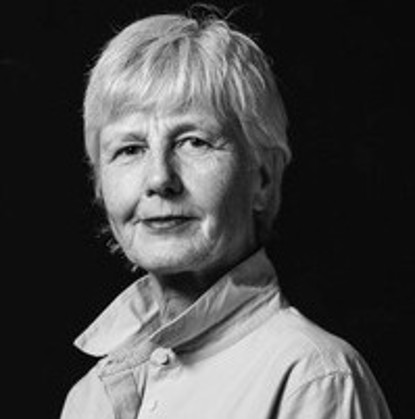Research question: firing of ceramics
In antiquity, many vessels were made of clay. The repertoire ranges from simply shaped to elaborately decorated vessels.
Based on our intensive research on ancient pottery in the western Greek region of Acarnania, many questions arose about the production of clay vessels, including the firing of vessels.
Model replica
One way to gain insight into the requirements for firing pottery is to recreate a kiln based on an ancient model. With this experiential approach, the individual steps of the procedure can be reconstructed, from the construction of the kiln, to the firing process, to the creation of the final product.
In antiquity, ceramics were fired in specially constructed kilns. It has been determined, on the basis of numerous excavations, that kilns can be constructed in a variety of ways.. Our kiln corresponds to the form of the “standing kiln” known from antiquity. A fireplace with a vertical flame is referred to as a “standing kiln”. This means that the firing chamber, burning chamber and flue are arranged one above the other. This form of kiln has been preserved not only in excavations, but also in ancient representations. A series of small clay tablets (pinakes) found at Penteskouphia near the ancient city of Corinth shows scenes from the workplace of ancient potters. One tablet shows a potter in front of such a kiln.
Planning
Our study was divided into a theoretical and a practical part. The theoretical part included the discussion on construction and planning the work. For the construction process, detailed organization was particularly important. The students designed and planned the construction of the kiln, created a work schedule, calculated the material costs and prepared the construction of the kiln.
Construction
It was necessary to conduct a theoretical study of “standing kilns” in antiquity before planning the material requirements and the construction methods. No modern materials were to be used in this experiment, in order to reconstruct the ancient kiln as accurately as possible. The double-shell fieldstone foundation was built with larger stones as header. The wall thickness was approximately 0.6 m, and a mixture of clay and sand was used as a binder and for filling. The approximately 0.4 m thick kiln wall (1 ½ stone) could then be built from sun-dried clay bricks.
When the kiln wall was put in place, parts of the pit were backfilled, which made it possible to insulate the firing chamber against thermal loss. Before the dome of the kiln was set as a corbelled vault (with a flue opening), the perforated pit could be constructed from packed clay. The volume of the burning chamber was about 1.5 m3. The final step was the construction of the stoking channel (firemouth) to the front with a length of 1.2m. The stoking channel was protected from the wind by the depth of the kiln in the pit.
Material
For the fieldstone foundation, a stone had to be selected that could be procured locally and withstand the thermal effects during firing . The calculated material requirement was 4 t of igneous rock.
The wall of the kiln had to be made of clay, in accordance with ancient models. 2500 air-dried clay bricks were used for this purpose. For the different areas of application, the clay had to be prepared accordingly by adding different additives (chaff, straw). Sand was added to the clay for the zones subject to high thermal stress (firing chamber, perforated pit), and a clay-straw mixture was used for the clay plaster on the exterior.
Drying the kiln
Due to the construction process and the climatic conditions (the construction period was in November), the kiln had absorbed a considerable amount of water. . However, the kiln needs to be be largely dry to fire ceramics. In order to accelerate the drying process, the kiln was first “dried out”, i.e. a fire was lit in front of the stoking channel. This allowed warm air to slowly flow into the kiln. The small fire was gradually moved into the stoking channel, but the temperature in the kiln was not allowed to exceed 80°C.
The first pots…
The first test firing ensured the functionality and efficiency of the kiln. It provided important information about the airflow and heating of the kiln. Temperatures of 1000°C can be reached without any problems and without damaging the kiln. The first test firing also confirmed that the kiln's substance can withstand environmental influences. Future test firings will provide information about the complex and complicated process of ceramic firing.
Team
The experiment to recreate a ceramic kiln based on an ancient model was conducted under the aegis of Prof. Dr. Franziska Lang (Department of Classical Archaeology) and Prof. Ariel Auslender (Department of Plastic Design) from the Department of Architecture at the TU Darmstadt. The project was carried out under the technical direction of Gregor Döhner (Berlin) and Rainer Kurka (Darmstadt), with the support of students from TU Darmstadt and Humboldt-Universität zu Berlin






















